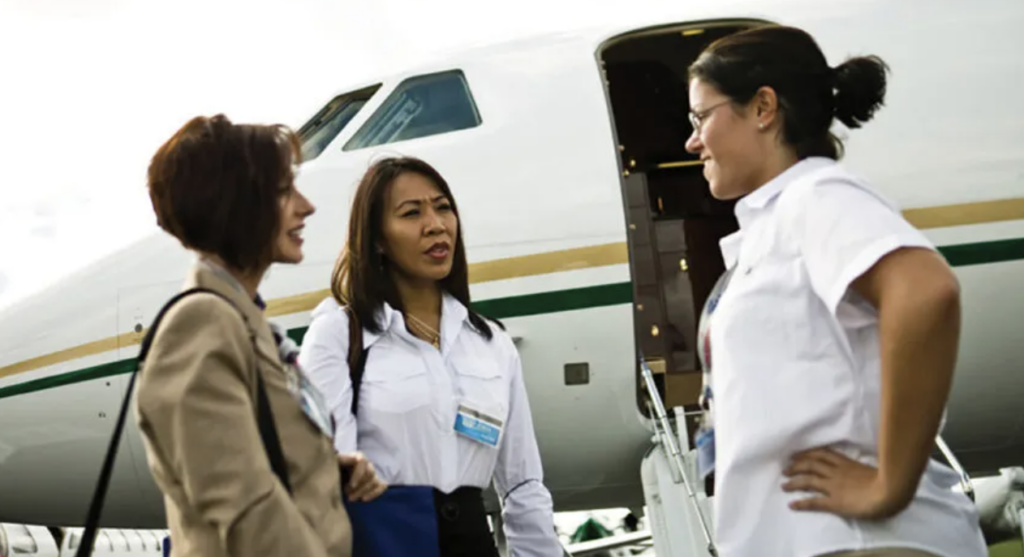
This article about assumptions originally appeared in the Sept/Oct issue of NBAA’s Insider publication.
Everyone knows that good communications lead to better flight operations, so CRM practices are part of every flight department’s operations. Or they should be. But why do highly detailed communications often turn to assumptions outside the cockpit?
Unfortunately, in many instances, those “assumptions” can snowball into more significant issues that can harm the career of a well-meaning chief pilot or director of aviation. Example: A director of aviation “thought” the company principal would benefit from having the director of maintenance (DOM) accompany the aircraft on every flight. Unfortunately, that requirement meant he was stressed trying to meet his other obligations.
“When it came time for a leadership change, the incoming director of aviation spoke with the principal, who explained she hadn’t understood why the DOM was on every flight,” explained Jennifer Pickerel, vice president of Aviation Personnel International (API). “This ‘service element’ had not been required by the principal as part of the SOP.
“As it happened, the previous director of aviation had made the requirement, and as the department assumed new leadership, it was determined to be unnecessary,” she continued. “If those requirements had not been revisited, that ‘requirement’ would have continued, and the DOM would have remained overworked.
“Flight departments are always put in a position of demonstrating their value, so they tend to want to over-deliver. Sometimes that backfires.”
JENNIFER PICKEREL Vice President at Aviation Personnel International
“Flight departments are always put in a position of demonstrating their value, so they tend to want to over-deliver,” Pickerel added. “Sometimes that backfires and can cause retention issues and other problems. As in most business relationships, aligning and understanding expectations is critical to success.”
“Many NBAA members operate a single aircraft with just one or two pilots, so I think that when you’re dealing directly with the principal, it can be much easier to have clear communications and avoid assumptions,” said Mike Whannell, CAM, and chief pilot for Jack Henry. “The company has made a big investment in that airplane, and it’s the flight department’s responsibility to clearly understand their expectations about how it is operated. There’s no room for assumptions in today’s operations.”
Unfortunately, having that simple conversation and asking clarifying questions is too often a difficult thing for us to do. There’s always that little voice in your head saying that the “boss” may think you don’t know what you’re doing.
“As the stewards of that aircraft, the owner expects us to operate it in a way we think it’s appropriate,” said John Benjamin, international captain for 3M. “But it is essential to communicate and verify that what we think is right aligns with what they expect. I think it says a lot about a person’s professionalism.”
“It’s important to ask these alignment questions on a consistent basis and not just when you are replacing a DOM or director of aviation,” Pickerel added. “You will find in the majority of instances the principal will appreciate you wanting clear direction on what their expectations are.
“If you don’t have direct access to the decision maker, then there is surely someone in the organization that can act as a conduit for the answers you need,” she continued. “The bottom line is, it’s more professional to ask than to assume. It’s best to manage your aircraft’s operations around a given set of needs and expectations than on someone’s guesswork.”
Review NBAA’s aviation management resources at nbaa.org/management
PHOTO © Morgan Anderson Photography
